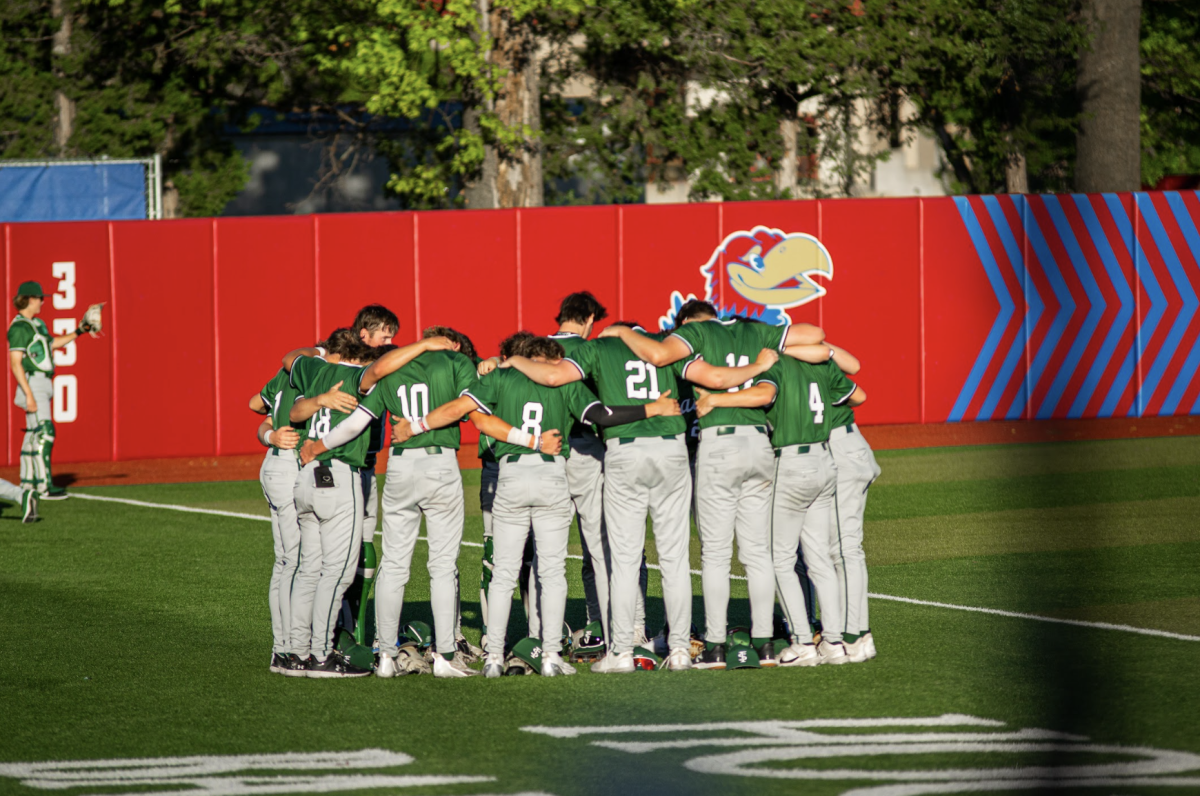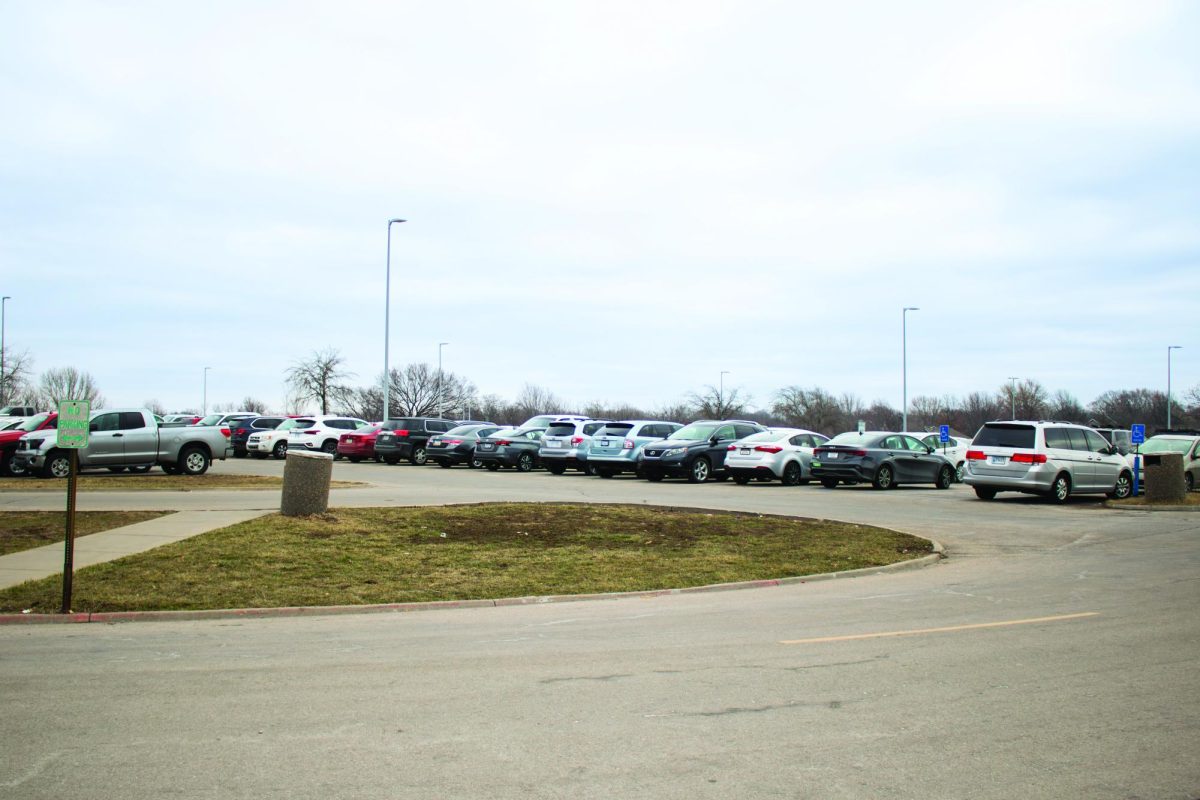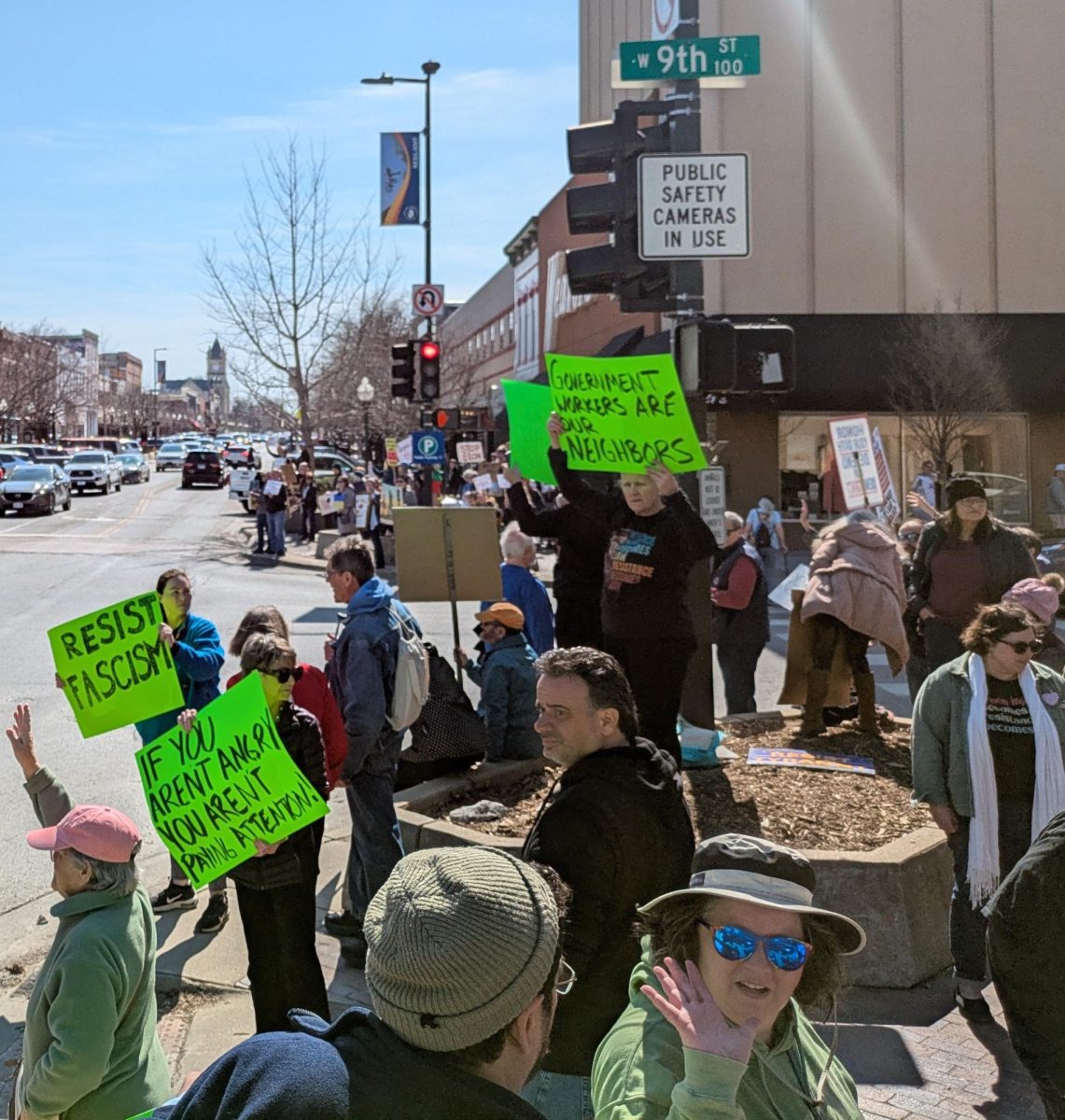$4.25, $4.75, $5.15, $5.85, $6.55 and $7.25.
The numbers above are the minimum wages from 1991 to the present day. On July 24th, 2009 the federal government increased minimum wage from $6.55 to $7.25. While that might not seem like a lot, it can make a difference over time, as students with jobs can tell you.
“When the changed minimum wage it brought my salary up a good fifty cents or so,” said junior Chris Helt, an employee at Dillons.
Helt was not the only minimum wage employee to experience a pay increase. Junior Alan Hornbaker, also an employee at Dillon’s, saw his wages increase seventy cents an hour.
Opinions vary on whether or not the rise in minimum wage will effect teenage employment. In June the U.S Department of Labor reported that 24% of teenagers did not have jobs. Many students predict that between the economy and the increase in minimum wage it will become harder and harder for teens to find employment.
“I think not as many people will be hired, depending on the budget of the store, restaurant or business,” said junior Taylor Cole, Dillsons employee.
Others believe the increase in minimum wage will have no effect on teenagers looking for jobs.
“I don’t think the change will effect the number of people hired. At Dillons they’re still hiring more people,” said junior Lexi Gonzales.
According to Hy-Vee store manager Dave Mier, minimum wage did not effect the number of people they were hiring.
“Our hiring is more seasonal than anything. Around the holidays we tend hire more people because we’re busier, but minimum wage doesn’t really effect us,” said Mier.
Minimum wage has come a long way since it was first instated in 1938. Back then it was only $0.25. Minimum wage does not change at regular intervals. It is sometimes increased year to year, sometimes once every ten years.
To students, the reasons why minimum wage has been increased doesn’t really matter. They’re just excited to be getting more money in their paycheck.










![Monitoring the school, School Resource Officer Kasey Wiltz works in her office to help make Free State a safer place. Over the past four years as an SRO, Wiltz has discovered a passion for the work as well as the community. “Once I became a school resource officer, [I found my niche] and I didn't ever want to do anything different,” Wiltz said.](https://www.fsfreepressonline.com/wp-content/uploads/2025/03/Butler_2_11_2025_Casey-Wiltz-2-copy-1200x801.jpg)


